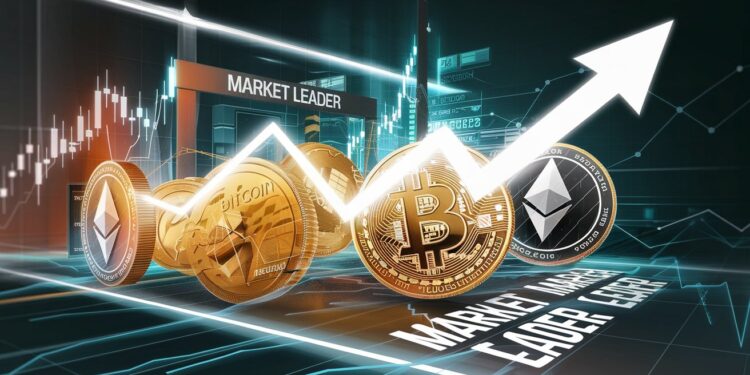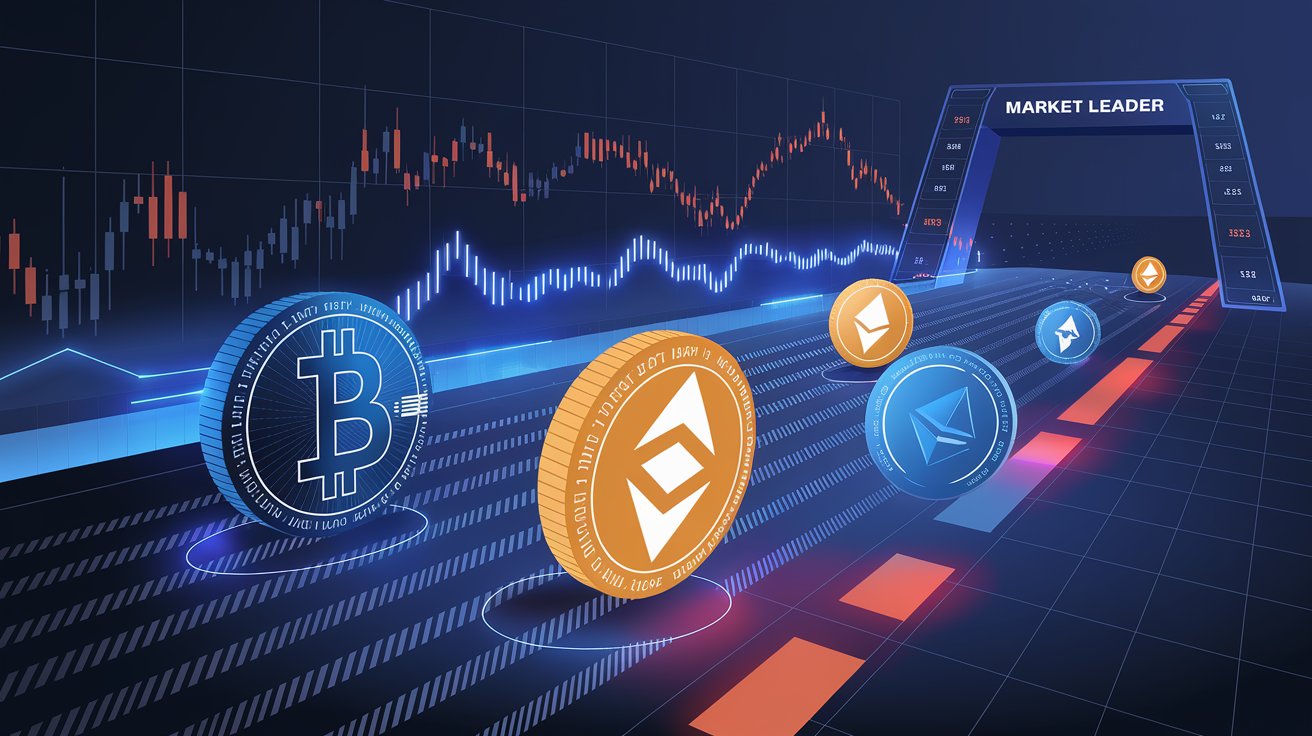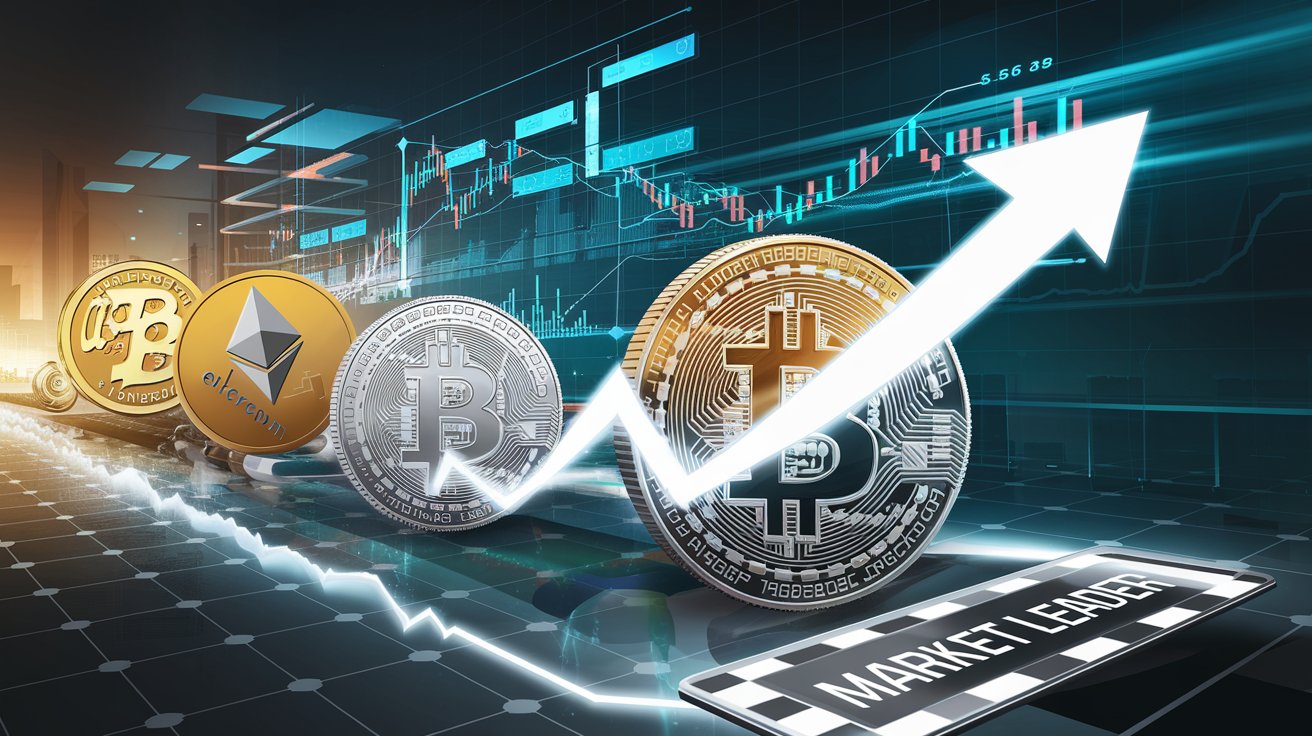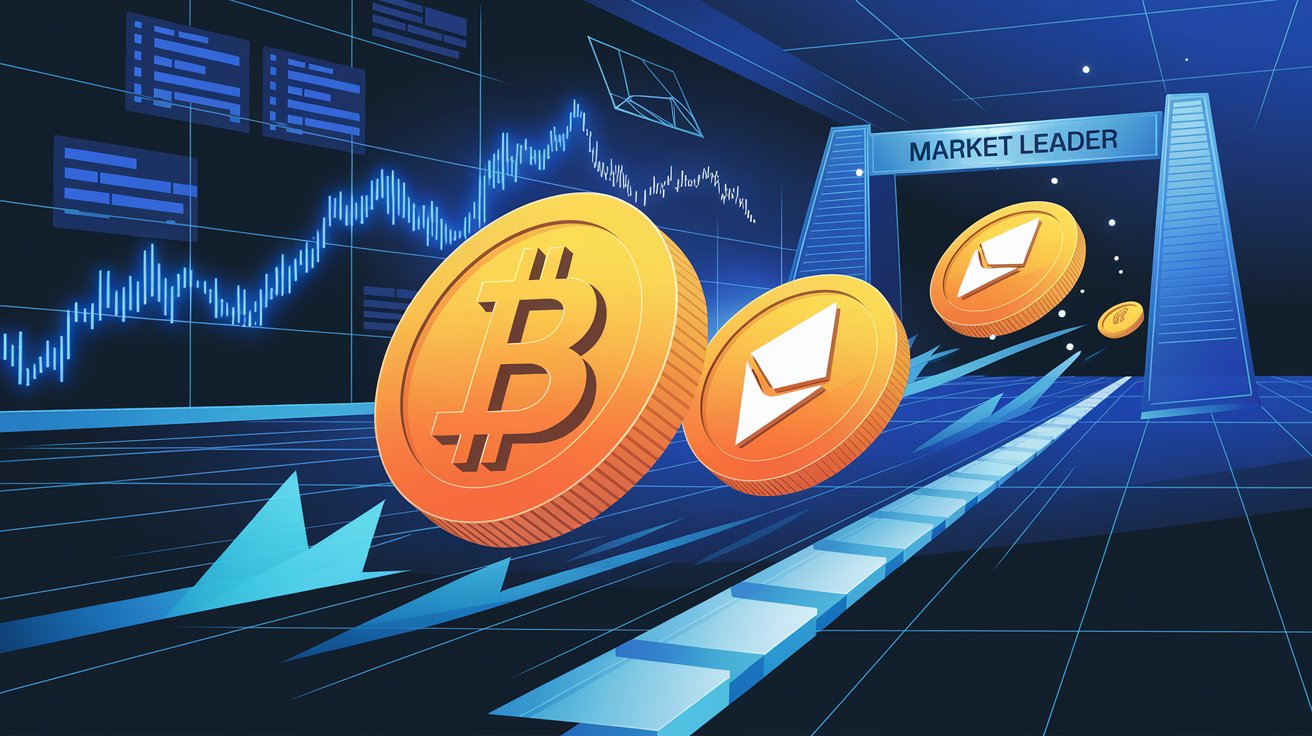The cryptocurrency market has seen an explosion of innovation and growth over the past decade. Among the crowd of digital assets vying for attention, Solana (SOL) has emerged as one of the most promising projects, thanks to its groundbreaking technology and rapidly growing ecosystem. With its high transaction speeds, low fees, and increasing adoption, many are wondering: Can Solana’s price overtake other major cryptocurrencies like Ethereum and Bitcoin?
This article takes an in-depth look at Solana’s journey so far, its competitive advantages, and the challenges it faces as it attempts to cement its position in the ever-evolving crypto space.
Table of Contents
ToggleWhat is Solana?
Solana is a high-performance blockchain platform designed for decentralized applications (dApps) and cryptocurrency transactions. Launched in March 2020 by Anatoly Yakovenko, Solana aims to solve the blockchain trilemma: achieving scalability, security, and decentralization simultaneously.
What sets Solana apart is its innovative Proof-of-History (PoH) consensus mechanism, which enhances the speed and efficiency of transactions. With the ability to process up to 65,000 transactions per second (TPS), Solana positions itself as one of the fastest blockchains in the world.
Current Market Position of Solana
As of now, Solana is ranked among the top 10 cryptocurrencies by market capitalization. Despite market volatility, Solana has managed to hold its ground with a strong community and significant developer interest. At the time of writing, Solana’s price fluctuates between $20 and $25, but its all-time high of over $250 in late 2021 demonstrates its potential.
Moreover, Solana has become a favorite among DeFi and NFT enthusiasts, further solidifying its place as a major player in the blockchain industry.
Key Features that Drive Solana’s Popularity
- High Transaction Speed and Low Fees
Solana can handle thousands of transactions per second with fees as low as $0.00025 per transaction. This makes it ideal for high-frequency applications like decentralized exchanges and payment systems. - Scalability and Technology
Unlike Ethereum, which is still transitioning to Ethereum 2.0, Solana already offers scalability without compromising security or decentralization. - Developer-Friendly Ecosystem
Solana provides extensive tools and support for developers, making it easier to build dApps and deploy projects quickly.
Comparison with Major Cryptos
Solana vs. Bitcoin
While Bitcoin remains the king of cryptocurrencies, Solana is not aiming to replace it but to excel in areas where Bitcoin lacks, such as speed and scalability.
Solana vs. Ethereum
Solana is often dubbed the “Ethereum Killer” due to its superior transaction speed and lower fees. However, Ethereum has a stronger network effect and more established DeFi projects.
Solana vs. Binance Coin (BNB)
Solana offers a more decentralized alternative to Binance Smart Chain, which is often criticized for being centralized.
Technological Edge: Proof-of-History (PoH)
Solana’s Proof-of-History (PoH) is a game-changer in blockchain technology. It works by timestamping transactions before they are added to the blockchain, drastically reducing the time required for validation.
This innovation allows Solana to achieve unparalleled transaction speeds, making it a preferred choice for dApp developers.
Ecosystem Growth and Adoption
Solana’s ecosystem is expanding rapidly, with over 400 dApps, numerous DeFi protocols, and a thriving NFT market. Some of the most popular projects on Solana include Serum (DEX) and Magic Eden (NFT marketplace).
Additionally, partnerships with companies like FTX and Circle have brought mainstream attention to Solana, boosting its adoption further.
Challenges Facing Solana
Despite its strengths, Solana is not without its challenges. Frequent network outages have raised concerns about its reliability. Additionally, competition from other blockchains like Cardano, Polkadot, and Avalanche remains fierce.
Market Sentiment and Predictions
Market analysts are cautiously optimistic about Solana’s future. Predictions suggest that Solana could reach new highs by 2025, driven by its expanding ecosystem and increasing adoption. However, market conditions and regulatory developments will play a crucial role.
Factors Influencing Solana’s Price
- Impact of Global Regulations
Cryptocurrency regulations are a double-edged sword for projects like Solana. While favorable regulations could encourage institutional investment, restrictive policies in major markets might stifle growth. Solana’s compliance with emerging global standards will likely determine its long-term trajectory. - Market Demand and Investor Interest
Solana’s ability to sustain investor interest depends on its utility and market performance. Its vibrant ecosystem, including DeFi protocols, gaming projects, and NFTs, plays a significant role in driving demand for SOL tokens. As these sectors grow, so does Solana’s price potential.
Will Solana Surpass Ethereum?
Solana and Ethereum are two of the most discussed names in the crypto space, often compared for their technological capabilities and adoption. So, does Solana have what it takes to overtake Ethereum?
- Scalability: Solana offers faster transactions at lower fees compared to Ethereum’s current infrastructure. Even with Ethereum 2.0 rolling out, Solana’s head start in scalability might keep it competitive.
- Adoption: Ethereum boasts a massive ecosystem of DeFi applications and smart contracts, giving it a significant lead in market share. However, Solana’s aggressive push into NFTs and its lower barriers for developers could enable it to close the gap.
- Network Effects: Ethereum’s first-mover advantage and established community make it a tougher competitor, but Solana’s rapid adoption might give Ethereum a run for its money in the coming years.
Community Support and Developer Ecosystem
The Solana Foundation has been instrumental in fostering a supportive environment for developers. By offering grants, hackathons, and technical resources, Solana attracts some of the brightest minds in blockchain development.
Additionally, Solana’s community actively promotes adoption and innovation through forums, meetups, and educational programs. A strong community foundation ensures the long-term viability of the blockchain.
How Does Solana Compare in the NFT Market?
- Growing NFT Projects on Solana
Solana has become a hotspot for NFTs, with platforms like Magic Eden and Solanart leading the charge. Lower transaction fees make it an attractive alternative to Ethereum for creators and collectors alike. - Trading Volume and Adoption
In 2023, Solana’s NFT market saw a surge in trading volume, positioning it as a serious contender to Ethereum-based marketplaces. This growth reflects the increasing trust and reliance on Solana’s blockchain for digital assets.
Expert Opinions and Analysis
Crypto experts remain divided on whether Solana can truly overtake established giants like Ethereum. Here’s what they’re saying:
- Optimistic Outlooks: Many analysts highlight Solana’s technical superiority and rapid adoption as indicators of its potential to climb the ranks.
- Skeptical Voices: Critics point out Solana’s network reliability issues and its dependence on centralized validators as significant obstacles.
Regardless of the contrasting views, the general consensus is that Solana is a project with immense potential, albeit one that must overcome key challenges to realize it fully.
Conclusion
Solana has positioned itself as one of the most promising blockchains in the cryptocurrency space. Its cutting-edge technology, vibrant ecosystem, and impressive scalability give it a strong foundation to compete with—and potentially overtake—other major cryptocurrencies like Ethereum and Binance Coin.
However, challenges like network reliability and stiff competition highlight the hurdles Solana must overcome to achieve dominance. Whether Solana’s price will surpass its peers depends on its ability to maintain adoption, address its shortcomings, and navigate a complex regulatory landscape.
For investors and enthusiasts, keeping an eye on Solana’s developments and market trends will be crucial in determining whether it is poised for long-term success.
FAQs
Is Solana a good investment for the future?
Solana’s innovative technology and growing ecosystem make it a strong candidate for long-term investment. However, market risks and volatility should always be considered.
What makes Solana faster than other blockchains?
Solana uses a unique Proof-of-History (PoH) mechanism, which allows for high-speed transaction processing by timestamping events before validation.
Can Solana replace Ethereum in the DeFi space?
While Solana has significant advantages in speed and cost, Ethereum’s established dominance and vast ecosystem make it a challenging competitor to dethrone.
Why does Solana experience network outages?
Solana’s high throughput occasionally leads to network congestion and reliability issues. The team is actively working to address these challenges.
What is the price prediction for Solana in 2025?
While predictions vary, many analysts believe Solana could reach new all-time highs by 2025, driven by ecosystem growth and broader crypto adoption.








